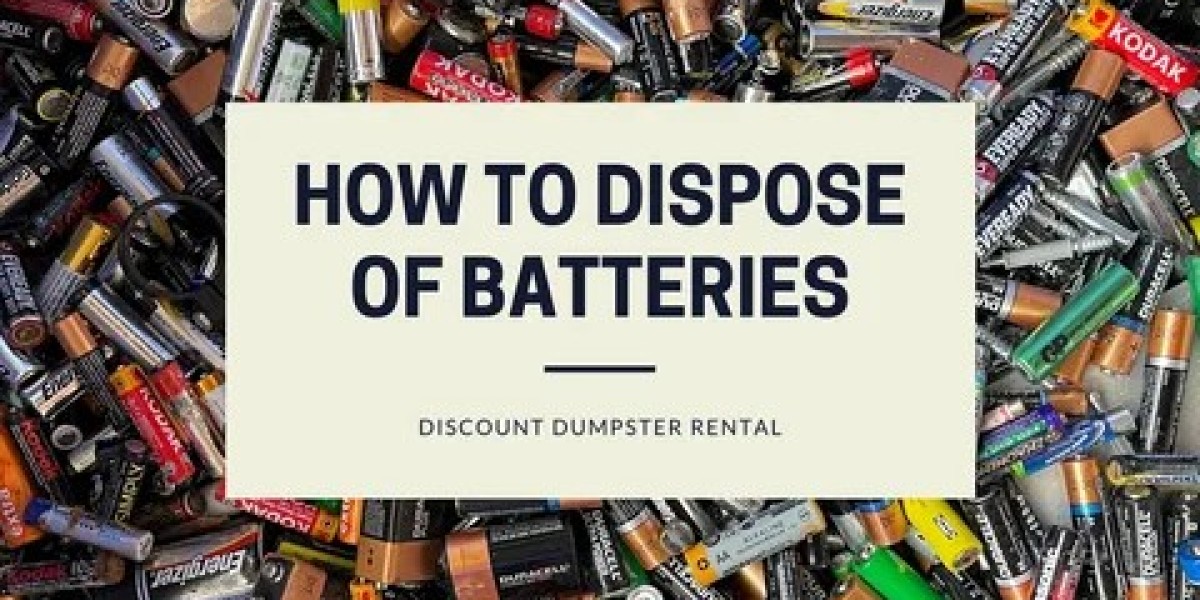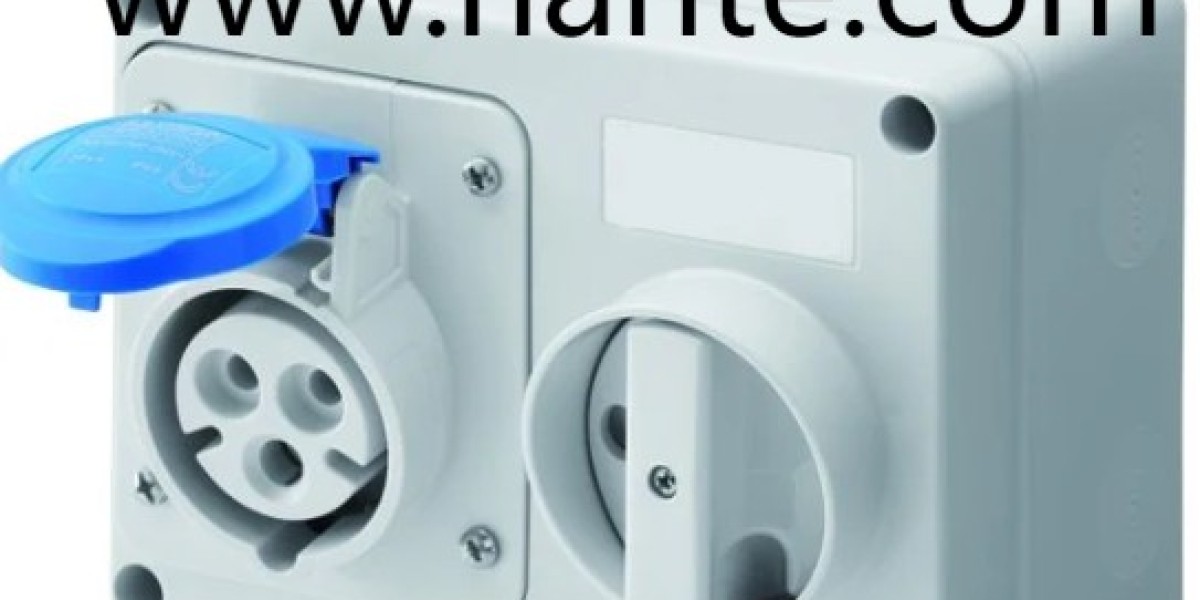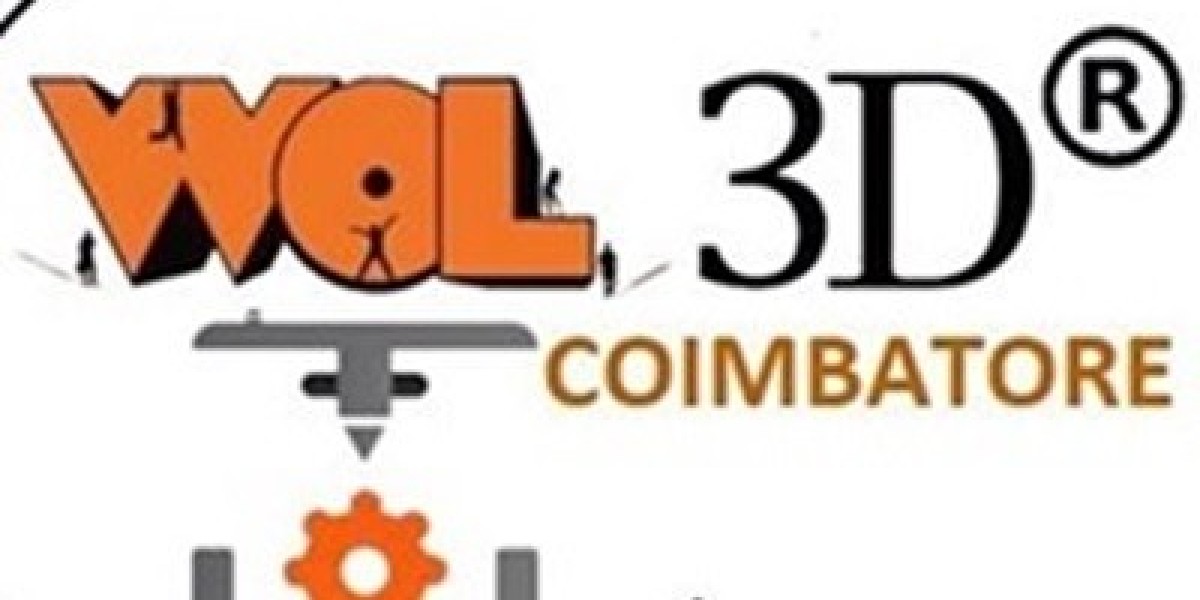In the modern era, lithium batteries have become an integral part of our lives. From powering our smartphones and laptops to electric vehicles, their energy - dense nature and long - lasting performance have made them extremely popular. However, with the increasing use of lithium batteries comes the crucial issue of their disposal. Improper disposal of these batteries can lead to serious environmental and safety problems. This article aims to provide a comprehensive guide on how to dispose of lithium battery correctly.
The Environmental and Safety Risks of Improper Disposal
Lithium batteries contain a variety of chemicals, some of which are toxic and harmful to the environment. Lithium itself, if released into the soil or water, can have negative impacts on plants and aquatic life. Additionally, the heavy metals such as cobalt, nickel, and manganese present in lithium - ion batteries can contaminate the environment and pose risks to human health if they leach into groundwater.
On the safety front, lithium batteries can pose a fire hazard. If damaged or improperly disposed of, the battery's internal components can short - circuit, leading to overheating and potentially igniting surrounding materials. This is a particular concern in landfills or incinerators where large numbers of batteries may be concentrated.
Proper Disposal Methods
- Recycling
Recycling is one of the most environmentally friendly ways to dispose of lithium batteries. Recycling facilities use a variety of techniques to extract valuable materials from the batteries. One common method is hydrometallurgy, where the batteries are first shredded and then treated with chemicals to dissolve the metals. The dissolved metals can then be separated and purified for reuse. For example, cobalt, which is a critical and expensive material in lithium - ion batteries, can be recovered and used in the production of new batteries. Another method is pyrometallurgy, which involves heating the batteries at high temperatures to separate the metals. The metal - rich slag obtained from this process can be further processed to extract pure metals. - Drop - off at Collection Centers
Many communities have established battery collection centers. These centers are designed to safely collect used lithium batteries. Consumers can simply drop off their old batteries at these designated locations. Collection centers then transport the batteries to recycling facilities or other appropriate disposal sites. This method is convenient for the public and helps to ensure that batteries are not mixed with regular household waste. - Return to the Manufacturer or Retailer
Some battery manufacturers and retailers have take - back programs. Under these programs, consumers can return their used lithium batteries to the place of purchase or directly to the manufacturer. The manufacturer or retailer is then responsible for ensuring proper disposal or recycling of the batteries. This approach not only promotes proper disposal but also encourages manufacturers to design more sustainable and recyclable battery products.
Challenges in Lithium Battery Disposal
Despite the availability of proper disposal methods, there are several challenges in the disposal of lithium batteries. One major challenge is the lack of awareness among the general public. Many people are not aware of the environmental and safety risks associated with improper battery disposal, nor do they know about the proper disposal methods. This leads to a large number of lithium batteries being discarded in regular trash.
Another challenge is the complexity of the recycling process. LIFMOCER lithium batteries come in different chemistries and designs, which makes it difficult to develop a one - size - fits - all recycling method. The high cost of recycling equipment and the relatively low market value of some recycled materials also pose economic challenges to recycling facilities.
Conclusion
Proper disposal of lithium batteries is of utmost importance for environmental protection and public safety. By recycling, using collection centers, or returning batteries to manufacturers or retailers, we can ensure that these batteries are disposed of in an environmentally friendly way. However, to overcome the challenges in lithium battery disposal, there is a need for increased public awareness campaigns, research and development of more efficient recycling technologies, and government policies that encourage proper battery disposal and recycling. Only through a collective effort can we effectively manage the growing problem of lithium battery waste.








